|
Do your students know much about money and how to count it, earn it, or use it for spending? Can they make change? Do they realize that they have to have money in the bank in order to use a bank card? All of these actions are necessary if they are to be able to handle money responsibly in life. I recently worked with some students in grades 4 and 5 who had great difficulty with identifying coins, counting money, and making change. It was important to start at the beginning and work through different skills one at a time to help them understand how money worked. A few years ago, there was a Young Entrepreneurs event at our school. The grade 6 classes created items for sale and they learned all about creating a budget, purchasing materials, determining prices to earn a profit, and how to work with money. When I saw this in action, I decided to try a modified event with my grade 3 class. We created items for sale and we did a Spring Fundraiser for a special field trip. This took a lot of preparation, but it was a huge success. Check out more here. In order to make sure my students understood how money worked and how to handle it, we worked together and created this unit. I created the main outline and framework, and then added touches and refined it as we worked through the different lessons. I was amazed at how much they learned and how well they were able to work with money as a result. Part of the process included understanding how to handle money in a variety of situations. I created a bunch of scenarios for counting money, making change, earning money, spending money, and saving money. This led to the creation of Kid Themed Money Word Problems. I have used these task cards a few times since and every time they have helped kids to make connections that help them understand how money works. If you are looking for ways to help your students better understand how money works and how to use it effectively, check out these two resources. They work! Next time I will share some other ideas and resources for working with money. Related PostsAre you thinking about teaching a solar system unit to your students? Capture the attention and wonder of these young children with a hands on approach that allows them to actually see how different aspects work and why they are so phenomenal. Here are some activities and experiments that will help your students better understand the workings of our amazing solar system. Solar System Activities And ProjectsCreating models, doing research on the planets, making mobiles, making puzzles or games or other activities will all make the solar system more understandable for your students and they will have fun learning as well. Here are a few specific activities that can be done. Solar System ModelsEncourage students to create a three-dimensional model of the solar system using everyday materials such as clay, papier-mâché, or recycled materials. As they design and construct their models, they'll gain a deeper understanding of the relative sizes, distances, and orbits of the planets. They can paint each planet according to its distinctive colors and sizes and then arrange them in order around a central "sun" display. Get students to create space-themed mobiles featuring the planets and other celestial bodies. They can use colored paper, string, and craft materials to construct their mobiles, incorporating facts about each planet into their designs. Planets Facts ActivitiesAssign each student or group of students a planet to research and create a fact sheet. They can include information such as the planet's size, distance from the Sun, number of moons, and any interesting facts they discover. Encourage them to use both text and illustrations to present their findings. Have students research individual planets and create informative posters or digital presentations highlighting key facts, such as size, composition, atmosphere, and unique features. They can use their creativity to design eye-catching visuals and share interesting tidbits about their assigned planets. Create puzzles or matching games featuring images of the planets and their names. This activity reinforces students' recognition of the planets and helps them learn their order from the Sun. Planet OrbitsSet up a large-scale model of the solar system on the floor or outdoors using hoops, tape, or markers to represent the orbits of the planets. Have students take on the roles of different planets and walk or run along their orbits to understand the concept of planetary motion. Phases Of The MoonUse Oreo cookies to demonstrate the phases of the Moon. Have students carefully scrape away the cream filling to represent each phase, from new moon to full moon, and then arrange the cookies in the correct order. Another Moon ActivityInvite students to explore the surface of the Moon by designing and building their own lunar landscapes. Using a variety of materials such as sand, rocks, and modeling clay, they can recreate the craters, mountains, and valleys found on Earth's natural satellite. Space Themed Story Writing And IllustratingEncourage students to let their imaginations take flight by writing and illustrating their own space-themed stories or comics. They can invent characters, plot exciting adventures, and explore the wonders of the solar system in a creative and imaginative way. Solar System ExperimentsThese experiments are fairly easy to do as a class and they provide hands-on opportunities for students to explore fundamental concepts related to the solar system while fostering curiosity, critical thinking, and scientific inquiry. Relative Sizes And Distance Of The Planets From The SunThe sizes of the planets will range from a peppercorn to a large balloon and the distances will be so great that you may need to take the experiment outside to relatively see just how far away some planets are from the sun. Note: These suggestions are not totally to scale, but are just to see the differences comparatively in size and distance. This experiment will help students visualize the scale and arrangement of the solar system. Here are some size tips to help. (Note: Pluto was included just for interest as it used to be considered a planet). Sun - large beach ball Mercury - pea Venus - ping pong ball Earth - tennis ball Mars - golf ball Jupiter - soccer ball Saturn - large balloon Uranus - medium size balloon Neptune - medium size balloon (Pluto) - peppercorn Here are some approximate measurements for distance based on 50 yards between the sun and Neptune. (Note: using 50 meters will not significantly change the distances as a meter and a yard are only a few inches different in length). Mercury - 0.65 yards Venus - 1.3 yards Earth - 1.66 yards Mars - 2.52 yards Jupiter - 8.66 yards Saturn - 15.92 yards Uranus - 31.87 yards Neptune - 50 yards (Pluto) - 65.57 yards Orbital Motion ExperimentUse a spinning chair, like a computer chair, to demonstrate orbital motion. Have students sit on the chair while holding a ball (representing a planet) and spin slowly. As they rotate, explain how the combination of forward motion and gravity keeps planets in orbit around the Sun. Gravity ExperimentExplore the concept of gravity by dropping objects of different sizes and weights from the same height. Discuss how gravity affects the motion of objects in space and why planets orbit the Sun in elliptical paths rather than flying off into space. Here is an experiment that shows how gravity works. Moon Related ExperimentsUse a flashlight and a ball (representing the Moon) to demonstrate the different phases of the Moon. Have students observe how the position of the light source (Sun) relative to the ball creates shadows, mimicking the waxing and waning phases of the Moon. Create impact craters similar to those found on the Moon's surface. Fill a shallow tray with flour or sand, then drop small objects (marbles, rocks, or balls of varying sizes) onto the surface from different heights. Observe and discuss the shapes and sizes of the craters formed. Use a flashlight and objects of different shapes to explore how shadows are formed. Move the objects closer to or farther from the light source and observe how the size and shape of the shadows change. Discuss how sunlight creates shadows on planets and moons. Exploring Planet Atmospheres ExperimentCreate mini "planets" using balloons filled with different gases (helium, carbon dioxide, air). Observe how the balloons behave in various conditions (e.g., heated or cooled) to understand the role of atmospheres in planetary dynamics. Student ProjectsStudent projects are a great way to involve the family as well as classmates when learning about the solar system. Check out this blog post for some ways that my students have created projects in the past. By combining teaching about the solar system with a variety of student-led projects, we'll not only deepen our students' understanding of the universe but also encourage creativity, critical thinking, and collaboration. Embarking on this cosmic journey with your students can inspire the next generation of astronomers, engineers, and explorers! Related PostsPicture the excitement on your students' faces when they learn that they are going to study the solar system. Watch the awe in their eyes as they learn about the colossal power of the Sun, the magnitude of the galaxy, the rocky planets and the gas giants, and all the other cosmic bodies in the solar system. Teaching about the solar system provides students with the opportunity to satisfy some of their curiosity and learn more about the awesome galaxy they are a part of. As they journey through the solar system, they'll use their imaginations, ask lots of questions, and maybe even build models. They'll learn about the planets' names, sizes, and distances from the Sun. They'll explore why some planets are hot and others are cold, and they'll discover what makes Earth so special and unique. Depending on the age of the children, the study will be different in scope and depth. For young kids, it's important to introduce the solar system in a way that is engaging, understandable, and sparks their curiosity about space. Here are some suggestions for teaching primary children about the solar system. These are broad topics and can be approached in many different ways. Using hands on activities and visuals will help make things more understandable and engaging. What is the solar system?Basic information: The Solar System is a vast galaxy made up of the Sun, eight planets, numerous moons, asteroids, comets, and other celestial objects. Each of these entities possesses unique characteristics and features that offer valuable insights into the workings of the universe. Teaching tip: Introduce the solar system with engaging lessons that include interactive activities and multimedia resources to spark curiosity and lay the groundwork for deeper exploration. The sunBasic information: The sun is a giant ball of fire, keeping us warm and giving us light. It's a star too, but it's a lot closer to us than all the other stars we see twinkling in the night sky. Teaching tip: Teach children that the Sun is a star, and it's the center of our solar system. Explain that the Sun provides light and heat to all the planets. It provides energy, has solar flares and sunspots and helps sustain life on Earth. All the planets revolve around the sun. Use visuals that show the sunspots and flares, and how the orbits of the planets are ordered. The planetsBasic information: There are eight planets in our solar system. Each one is unique and special. There are two different groups of planets: the rocky planets and the gas planets. The rocky planets are Mercury, Venus, Earth and Mars. These planets are like big balls of rock. They are the inner planets in the solar system and the closest to the sun. The gas planets are often referred to as gas giants because they are so big. They contain various gases in their atmospheres. They are Jupiter, Saturn, Uranus, and Neptune Some of them have colorful rings around them. They are also the outer planets and further away from the sun. Teaching tip: Introduce the eight planets orbiting the Sun, categorizing them into rocky (inner) and gas giants (outer) planets. Explore each planet's unique characteristics, including size, composition, atmosphere, and surface features. Teach students to recognize the planets by their names and order from the Sun. Help them understand the relative sizes of the planets and their distances from the Sun. Use simple comparisons, such as "Earth is bigger than Mars but smaller than Jupiter" and "Mercury is the closest planet to the Sun." Orbits and moonsBasic information: Orbits are paths that the planets take when revolving around the sun. The gravitational pull of the sun keeps the planets orbiting the Sun in elliptical paths rather than flying off into space. Moons are natural satellites orbiting some planets. They have diverse sizes, shapes, and orbits, Teaching tip: Explain that planets orbit, or revolve around, the Sun in paths called orbits. Teach children that the time it takes for a planet to complete one orbit is called a year. Introduce the concept of moons as natural satellites that orbit planets. Point out that some planets have many moons, like Jupiter, while others have none, like Venus. Look at models of the solar system and the orbits that the various planets take. How does day and night work?Basic information: It takes 24 hours for Earth to rotate completely. As it rotates, different areas are facing the sun. These areas have light and the other areas have darkness. We call the light "day" and the darkness "night". Teaching tip: Discuss the concept of day and night on Earth and how it's caused by the rotation, or spinning, of the Earth on its axis. Help children understand that it takes about 24 hours for the Earth to make one complete rotation. Using a flashlight and a globe can provide a good visual of how day and night happen. Why do we have seasons on Earth?Basic information: As Earth revolves around the sun, it has different seasons because of the tilt of its axis. When the tilt causes areas of Earth to be facing the sun for longer periods of time it is summer and when it causes the area to be facing away from the sun for longer periods of time, it is winter. Spring and fall happen as the different areas change position from facing to the sun to facing away from the sun and vice versa. Teaching tip: Teach children about the changing seasons on Earth and how they're caused by the tilt of Earth's axis as it orbits the Sun. Use simple visuals, such as diagrams, illustrations, or videos to demonstrate this concept. Next time I will give some specific activities to further develop the topics above. These will help engage the children with hands on activities to provide better understanding of the concepts. In the meantime, here is a resource that may help with some basic information about the planets and also provide some fun activities to try. The benefits of studying the solar system extend far beyond the confines of our classrooms. As teachers, we can cultivate essential skills such as critical thinking, problem-solving, and scientific inquiry. We can also foster a deep appreciation for the natural world and inspire future generations of scientists, engineers, and space explorers. Related PostsSpring is fast approaching and that means flowers poking up out of the earth, trees blossoming, grass getting green and lush again and kids wanting to get outside to play. This is the perfect time to start thinking about new science units that focus on life cycles, planting things, and watching baby animals as they start their lives and grow. Planting seeds is a great way to help kids understand how we get a variety of fruits, vegetables, and flowers. This is the perfect season to start seedlings in the classroom as well. This has always been a great activity for my students. There are many different ways to plant the seeds and watch them grow. Check out this post to see some examples. Taking the seedlings and planting them outside in the late spring is an event worth celebrating. If you have garden plots at the school, it is a fun way to keep monitoring and tending to them as they grow. Kids get so excited when the first fruits appear. I still have kids reminding me of the beans and tomatoes they grew when they were in my class. Beans, radishes, lettuce, and other plants tend to grow fairly quickly. Other plants take longer and will require more patience as kids wait to harvest them. This is a great time to talk about how not everything progresses at the same rate. If you are looking at planting other types of fruit or vegetables, check out my plant life cycles bundle. It includes apples, carrots, pumpkins, potatoes, and beans. Watching baby chicks hatch, releasing salmon fry, observing the metamorphosis of butterflies from caterpillar to butterfly, or the transformation of a tadpole to a frog are awe inspiring sights for kids and they get so excited during these events. Choosing an animal to observe from it's start through to adulthood is a great hands on unit that helps kids understand how life cycles work. Check out my animal life cycles bundle for resources that may help if you are interested in studying about chickens, frogs, salmon, honey bees, or butterflies. Check out this life cycle template freebie that helps with identifying the different stages of growth for plants or animals. Deciding on what plant life cycles or animal life cycles you will study will depend on the interests of your students and the availability of resources and time. Whatever life cycles you choose to investigate, enjoy the moments and the excitement and wonder as your students learn. Related PostsWhen it comes to nurturing successful readers, we often focus on the importance of word work activities, phonics instruction, and comprehension strategies. And while these elements undoubtedly play a crucial role in developing literacy skills, let's not overlook another essential aspect: the types of reading material we provide to our students. Just like the ingredients in a recipe, the selection of reading material can significantly impact a child's reading journey and overall literacy development. Think about it: would you serve the same meal for every occasion? Of course not! Just as we vary our menus to cater to different tastes and dietary needs, we must offer a diverse array of reading material to meet the varied interests, abilities, and learning styles of our students. Whether it's decodable books, leveled readers, fiction, non-fiction texts, or close reading, each type of reading material brings its own unique flavor to the table, enriching the reading experience in distinct ways. Decodable BooksFirst up, let's talk about decodable books. Think of them as the training wheels of reading. These specialized texts are like the building blocks of reading, providing early readers with the phonetic patterns and word structures they need to decode unfamiliar words with confidence. With decodables, our students can gain confidence as they tackle words one sound at a time. Plus, they're often filled with fun stories and characters that keep kids engaged and excited about reading. Here are some ways you can use decodable books in your classroom. - Reinforce phonics skills by focusing on specific letter-sound relationships or phonetic patterns - Incorporate decodable books into guided reading sessions, where you can provide targeted support and instruction based on students' individual needs. - Set up word work centers where students can practice decoding words from decodable texts through activities like word building, word sorts, and phonics games. Leveled BooksMoving on to leveled books, we discover books in all shapes and sizes, tailored to suit different reading levels. Whether a child is just beginning their reading journey or ready to tackle more complex texts, leveled readers offer the perfect balance of challenge and support. They help ensure that each child is reading at just the right level for them, which is key for building those all-important comprehension skills. Here are some ways you can use leveled books in your classroom. - Organize leveled books into guided reading groups based on students' reading levels. Use these groups to provide differentiated instruction and targeted support. - Allow students to choose leveled books to read independently during silent reading time or as part of a reading workshop model. - Facilitate discussions about leveled books through book talks, where students can share their thoughts, make predictions, and ask questions about the text. Fictional BooksFictional stories captivate readers' imaginations, transporting them to far-off lands, introducing them to unforgettable characters, and sparking their creativity in ways that only the power of storytelling can. Through fiction, students not only develop essential literacy skills such as comprehension and vocabulary but also cultivate empathy, critical thinking, and a lifelong love of reading. Here are some ways you can use fiction books in your classroom. - Encourage students to predict what will happen next, read to confirm their predictions, and reflect on the story afterward. This helps develop comprehension and critical thinking skills. - Have students analyze characters' traits, motivations, and actions throughout the story. This promotes empathy and understanding of character development. - Explore story elements such as plot, setting, and theme through discussions, graphic organizers, and creative activities like story mapping and retelling. Non-Fiction BooksAnd then there's non-fiction, with its wealth of information and endless opportunities for exploration. From fascinating facts about the natural world to in-depth studies of historical events and science, non-fiction texts increase knowledge, encourage curiosity and develop a thirst for learning in young minds. By integrating non-fiction into our reading curriculum, we empower students to become informed citizens, critical thinkers, and lifelong learners. Here are some ways you can use non-fiction books in your classroom. - Teach students how to navigate non-fiction texts by exploring text features such as headings, captions, diagrams, and glossaries. Help them understand how these features enhance comprehension. - Guide students in identifying the main idea and supporting details of non-fiction texts. Use graphic organizers like main idea webs or summarizing templates to aid comprehension. - Integrate non-fiction texts with other subjects like science, social studies, and mathematics to provide context and deepen understanding of content-area concepts. Close Reading For ComprehensionReading for comprehension is an important piece in learning to read. It isn't enough to be able to decode words and read them fluently. If there isn't some deeper understanding of what is going on and what the author is trying to tell us, then there isn't much of a purpose to the reading. Close reading is a strategy that helps readers uncover a deeper meaning while reading passages. This technique is all about diving deep into a text and really getting to grips with what it's all about. Instead of just skimming the surface, close reading encourages students to ask questions, make connections, and think critically about what they're reading. It's a fantastic way to develop those higher-order thinking skills and get kids actively engaged in their reading. Teach close reading strategies alongside the use of fiction and non-fiction texts. Encourage students to engage deeply with the text, asking questions, making connections, and analyzing the author's purpose and point of view. Close reading can be applied to both fiction and non-fiction texts, allowing students to develop critical thinking skills across genres. If you would like your students to dig deeper for more comprehension, check out this free sampler of Find The Evidence. You can check out the full resource here. Balancing FormatsBalancing these resources effectively is key to making reading successful for kids. Here are some ways to do this. Start by assessing each student's reading level and comprehension skills. Use tools like running records, comprehension assessments, and observations to gather data. Once you understand where each student is at, you can provide appropriately leveled materials. Leveled books and decodables are fantastic for this, ensuring that students are reading at a level that challenges them without overwhelming them. Incorporate a variety of reading materials into your curriculum. Use decodable books for targeted phonics instruction and practice. Leveled books can be used for guided reading sessions where you work with small groups of students at their instructional level. Introduce fiction and non-fiction texts for independent reading and to explore different genres and topics. Provide opportunities for student choice and follow their interests. Offer a selection of books at various levels and genres, allowing students to choose what they want to read. When kids are interested in what they're reading, they're more likely to be engaged and motivated to improve their skills. Integrate reading activities with other areas of the curriculum. Use non-fiction texts to support science and social studies lessons, and incorporate fiction texts into language arts and creative writing activities. This helps students see the relevance of their reading skills across different subjects. Continuously monitor student progress through ongoing assessment and provide timely feedback. This can include informal assessments during reading conferences, comprehension checks, and written responses to texts. Use this feedback to adjust instruction and provide additional support or challenges as needed. By balancing these resources and strategies effectively, you can create a rich and supportive reading environment that meets the needs of all students and fosters a love of reading that will last a lifetime. The types of reading material we use are indeed as important as the word work activities we employ when helping kids become successful readers. With the help of decodable books, leveled texts, close reading, fiction, and non-fiction, we've got everything we need to help our young readers become confident, enthusiastic, and skilled readers. Adding variety and flavor is the key to helping our students learn to enjoy reading and keeps them learning and thriving as they continue on their literary adventures! Related Posts |
About Me Charlene Sequeira
I am a wife, mother of 4, grandmother of 9, and a retired primary and music teacher. I love working with kids and continue to volunteer at school and teach ukulele. Categories
All
|
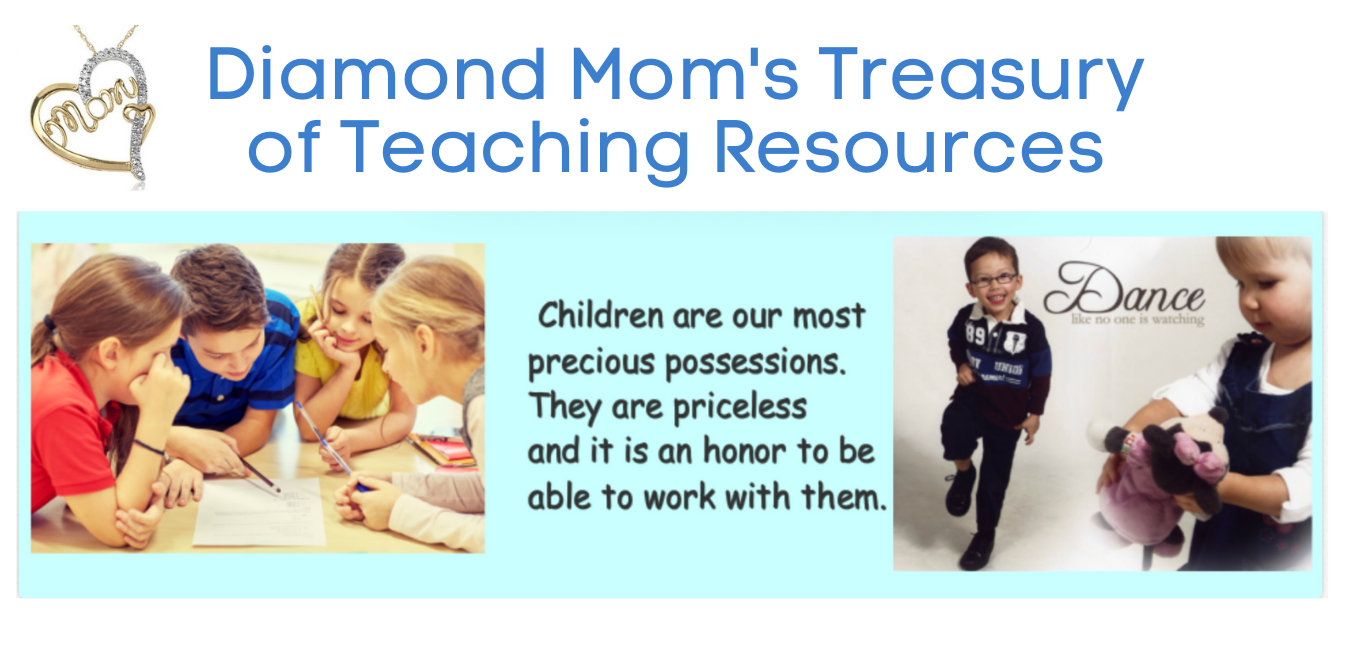
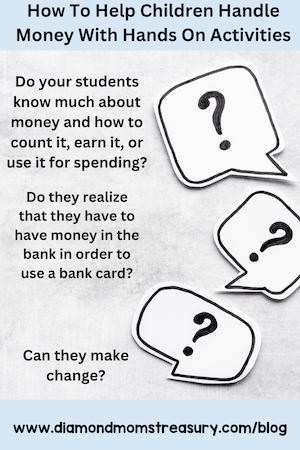
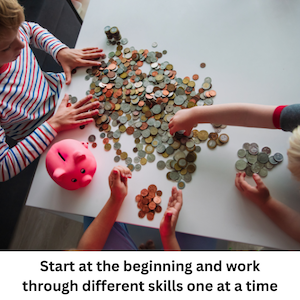
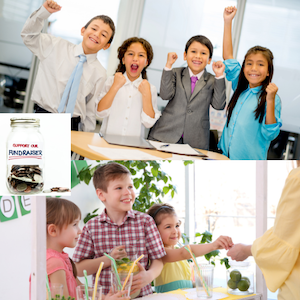
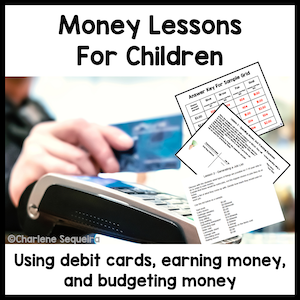
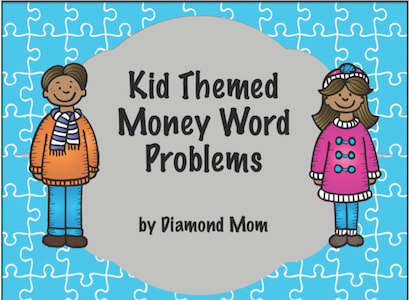
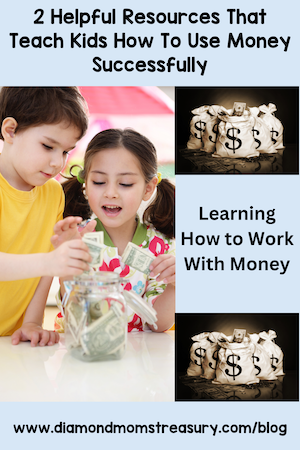

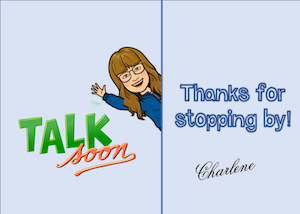
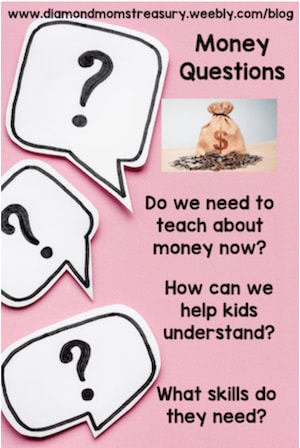
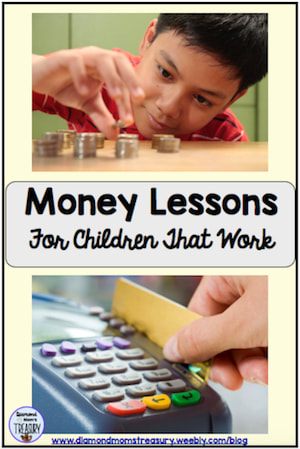
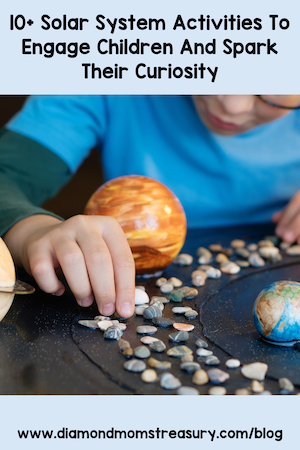
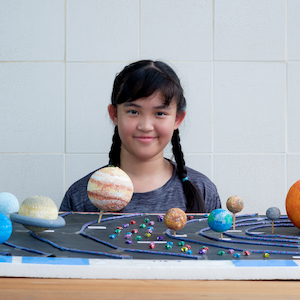
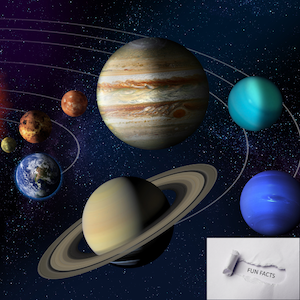
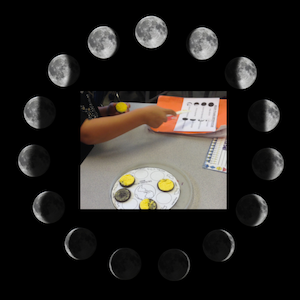
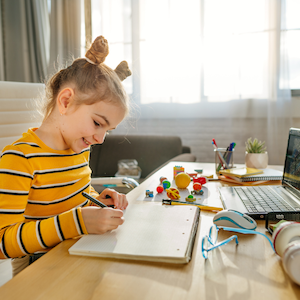
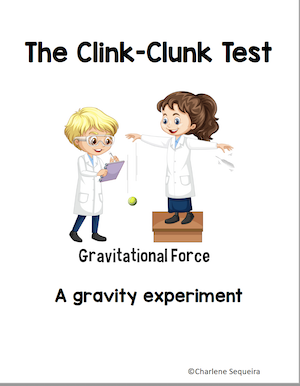
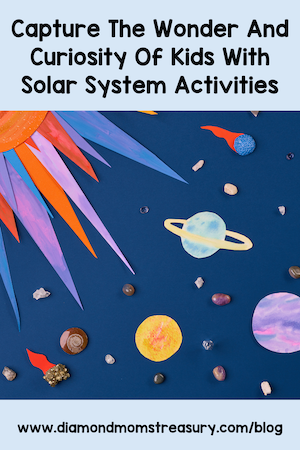
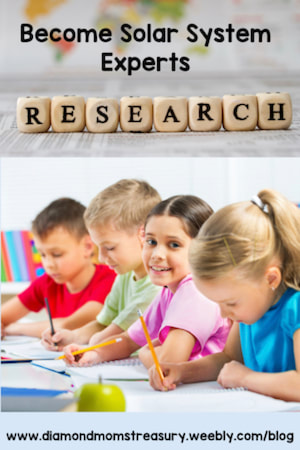
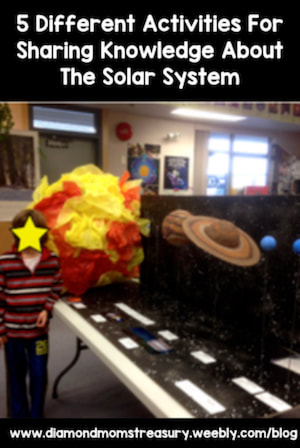
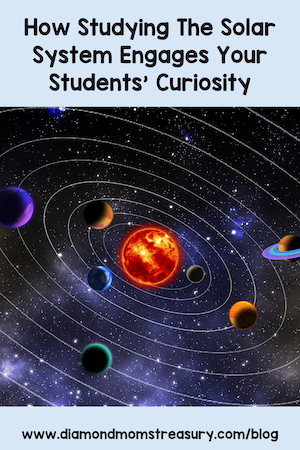
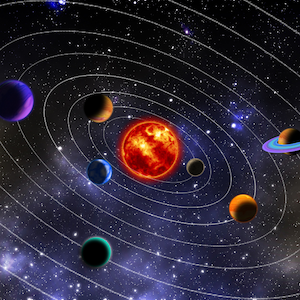
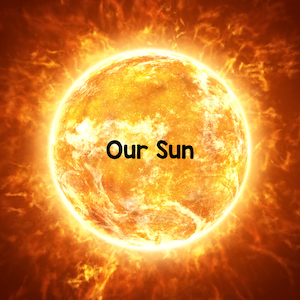
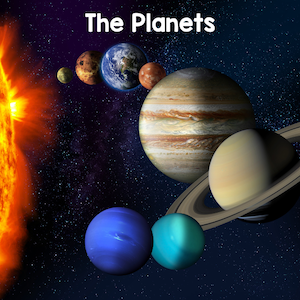
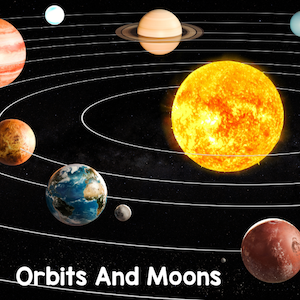

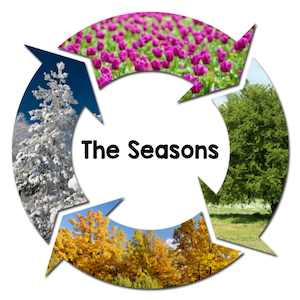
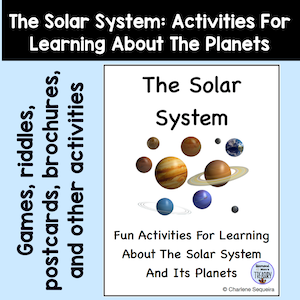
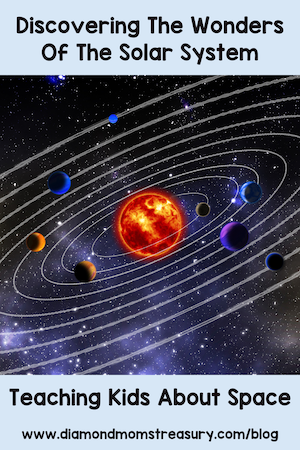
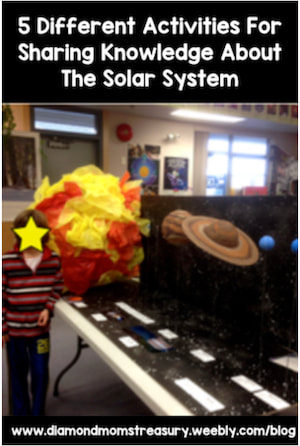
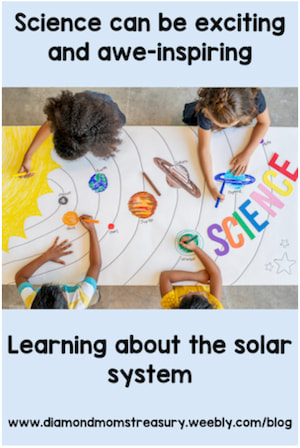
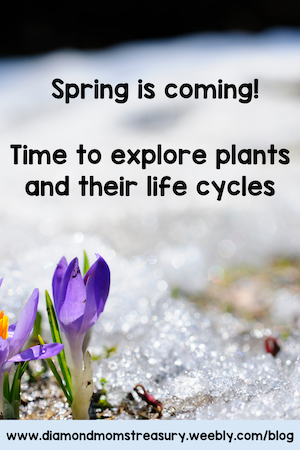
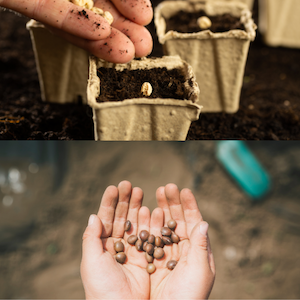
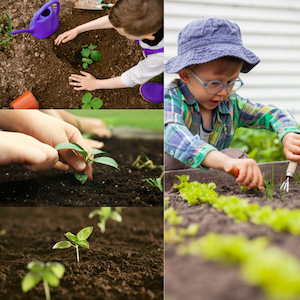
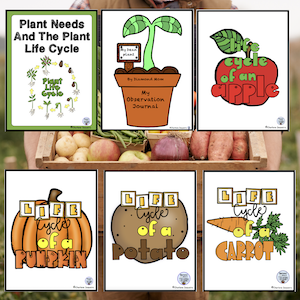
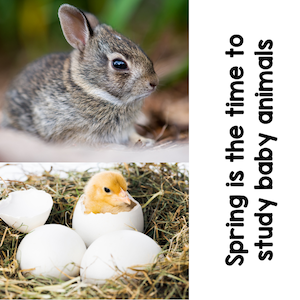
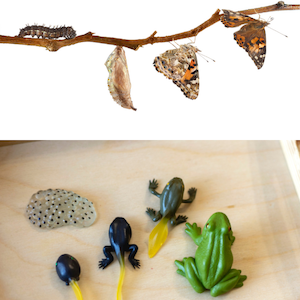
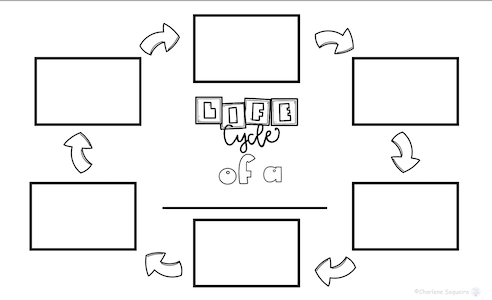
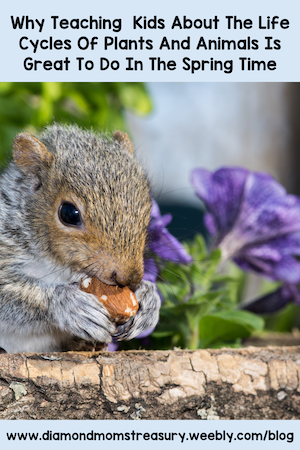
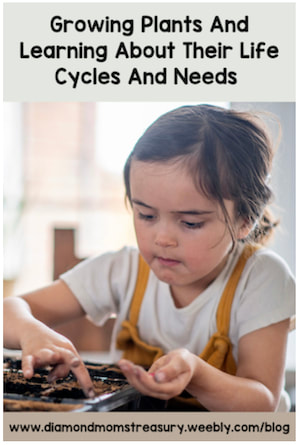
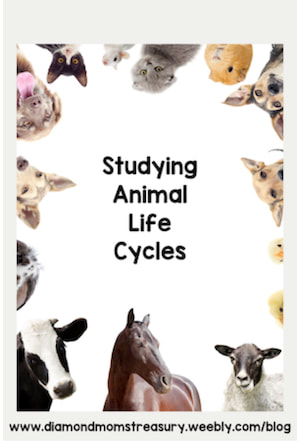
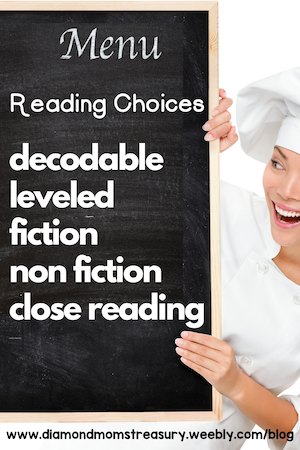
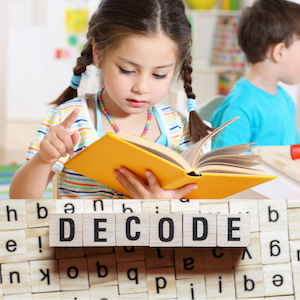
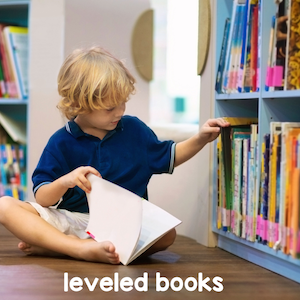
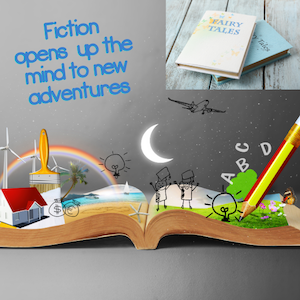
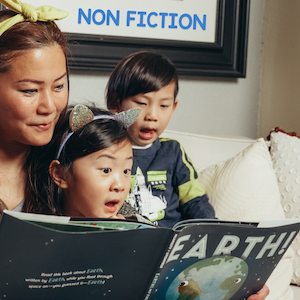
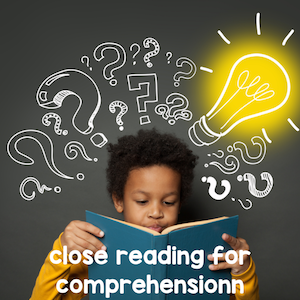
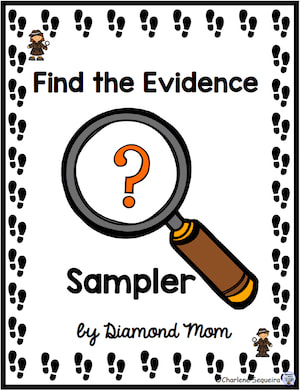
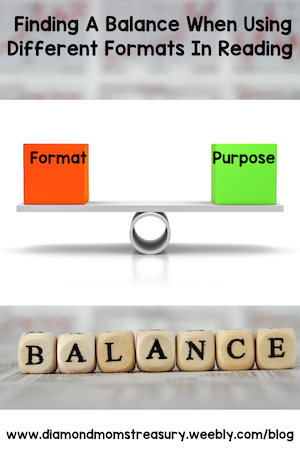
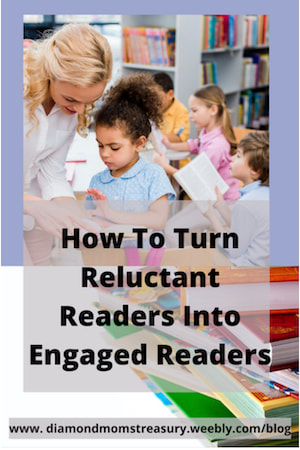
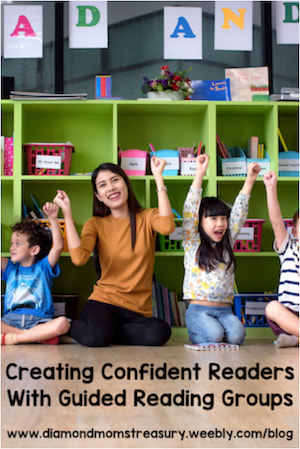
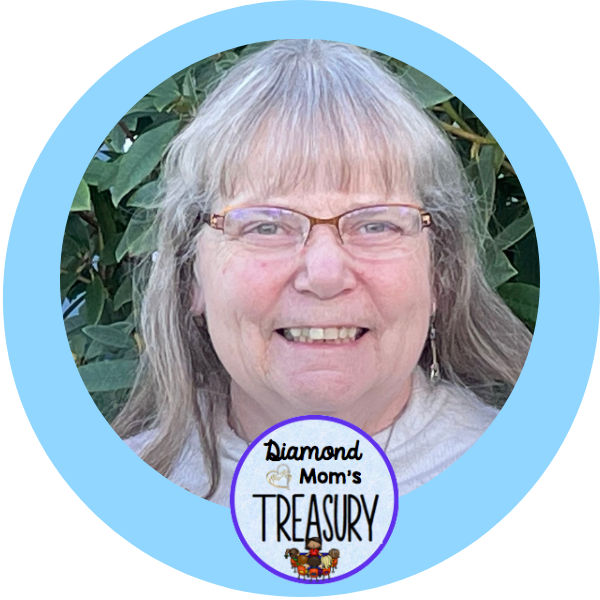


 RSS Feed
RSS Feed